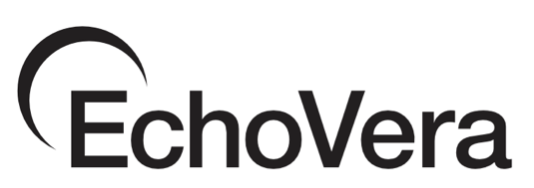Procure to Pay Trends – What Role For the ERP?
Procure to Pay Trends – What Role For the ERP? https://echovera.ca/wp-content/themes/corpus/images/empty/thumbnail.jpg 150 150 Tim Robertson Tim Robertson https://secure.gravatar.com/avatar/b0b77ea14349870d9dc2ba8ce2a0947073217d2f742890353bfc00417e8e4b8a?s=96&d=mm&r=g
Our technology partner Palette has published this SlideShare on the Future of Procure to Pay, and the role that ERPs play.
In recent years there has been a lot of interest around digitalization and robotic process automation. In spite of that, adoption of automated systems for procure to pay is low – even though these two subjects are trends that are seen as having the greatest impact on procurement processes over the next 10 years.
ERP systems are front and centre in most of the transactions of the procure to pay process in many organizations, yet few ERPs are equipped to handle the sophistication and flexibility that role requires.
Paper Persists
By default, companies are doing most of their purchasing and AP processes inside their ERP. Paper processes predominate: invoices, purchase orders, and goods receipts are handled manually. Even emailed invoices are printed out and entered into the accounting system manually.
Purchasing
For purchasing, most ERPs do not have purchase requisitioning systems, and the ones that do lack flexibility in their workflow design. Communications capabilities with suppliers is limited to Outlook or other email client, which can often contribute to longer product lead times. Because ERP purchasing is limited to inventory or direct purchases, 40% – 50% of transactions are unmanaged and prone to maverick spending.
Accounts Payable
For accounts payable, if invoices do not match available POs, the dollar amounts don’t match, there is no PO, or if goods receipts do not match, the exception has to be handled manually. This can stretch cycle times as well as prevent finance executives from having visibility into payment status or payables balances.
The solution is to have a Procure to Pay Platform that:
- Can handle multiple ERPs, multiple currencies, and multiple reporting.
- Be able to translate many different file formats such as XML, PDF, EDI, Text, Excel, etc.
- Leverages robotic process automation for approval workflow
- Provides knowledge workers with tools such as ad-hoc routing and email or total communication abilities with vendors
- Has a modular approach to match company adoption cycles and gives more opportunity for optimization in the future
For more information on our Procure to Pay Solution that is powered by Palette, click here.
- Posted In:
- AP Automation




